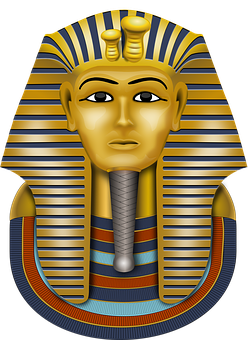Impact Crater In Sahara

Analyzing satellite images representing the ground between the villages of Qaret Had El Bahr and Qaret El Allafa, Egypt, an international scientific team found what appears to be a previously unseen crater in the middle of the Sahara Desert.
The suspected crater, tentatively labeled El Bahr Crater, is around 327 metres (1.073 ft) long with an outer rim of 1.027 metres (3.370 ft) deep.
The appearance resembles a standard impact crater, such as the famous Arizona Meteor Crater. The analysts have discovered chemical traces that support the theory that a high-energy impact event was forms of this landform.
The rocks absorb or reflect different wavelengths of light depending on the mineral material. Using images from satellites produced by combining different wavelengths of light, the researchers found a high concentration of orthopyroxene in the crater basalt rocks while the nearby rocks display a low concentration of orthopyroxine.
This finding indicates that the rocks were melted and then cooled gradually, formed large orthopyroxene crystals. The El Bahr Crater discovery was also able to solve an ancient geological mystery. In 1922, when British archaeologist Howard Carter visited Tutankhamen's intact tomb, he found a breastplate adorned with gold, silver, assorted precious jewels and a mysterious gemstone.
At first, Carter named the gemstone as chalcedony, a popular mineral quartz variation. British geographer Patrick Clayton was exploring the Great Sand Sea along the border between modern Egypt and Libya in 1932. Here he uncovered some odd pieces of an unidentified original green-yellow material, matching the gemstone of Tutankhamen. The Libyan Desert Silica Glass, as the substance is now named, consists of nearly pure silicon-dioxide, like quartz, but it has a different crystal structure.
This also includes traces of uncommon elements, such as iron, nickel, chromium, cobalt, and iridium.

